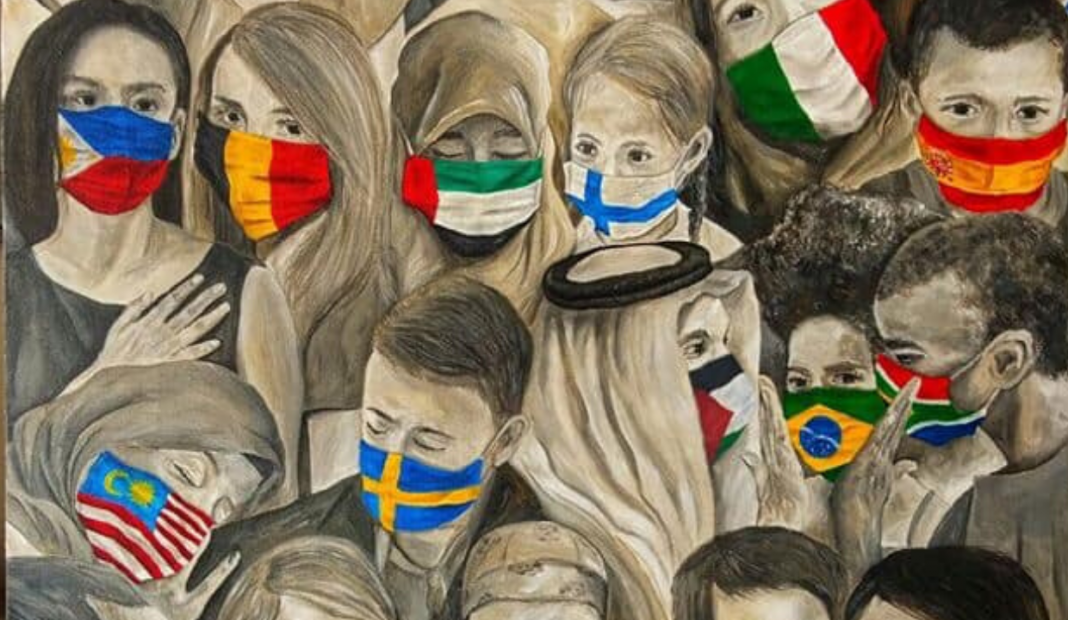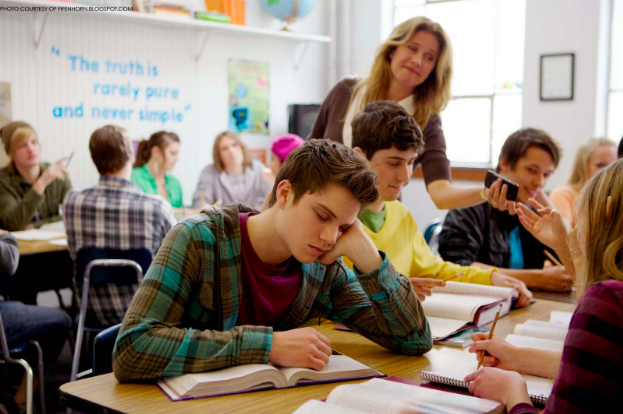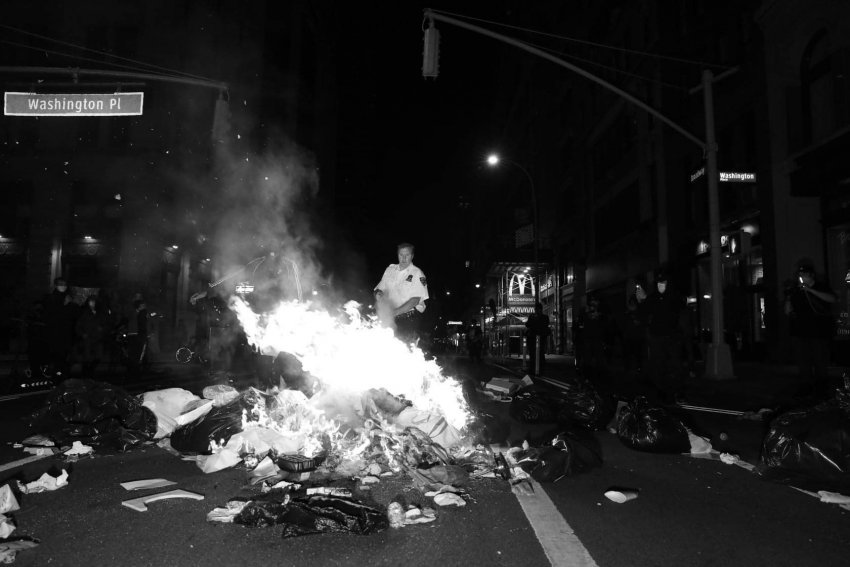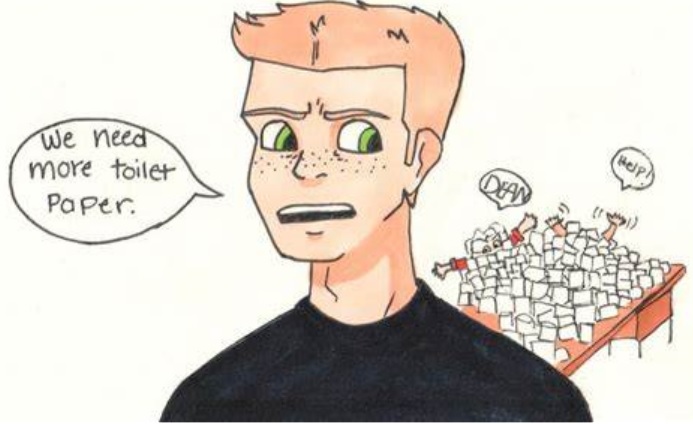Photo Credit: Bulacan artist
By Nooneh Gyurjyan
In times of crisis, humans have always turned to storytelling. Whether looking for a break from day-to-day stress or dreaming of what could come after, stories have always been an escape; a distraction from the draining occurrences of reality.
If you’ve paid close attention to history you will have noticed that commonly a period of fervent “rebirth” in the form of new cultural, artistic and philosophical ideas follow desolate eras. Consistently, widely shared traumatic experiences like plagues and wars have acted as catalysts for explosions of art, creating new genres of artwork and literature and plays from artists influenced by the intense emotions of these times.
The Black Plague ravaged Europe in the late Middle Ages, devastating half of the population and resulting in fundamental changes to the social, economic and cultural structures of society. People looked to the old days and rediscovered the humanistic themes of classical Greek philosophy which laid the groundwork for the emergence of the Renaissance, an era during which life and art flourished.
When an outbreak of the plague in 1593 London caused the theatres to close, Shakespeare turned to poetry and supposedly wrote some of his greatest works: King Lear, Macbeth, and Antony and Cleopatra.
After the hectic prosperity of the 1920’s, the stock market crashed and gave way to the Great Depression, rousing American writers to new heights. John Steinbeck wrote his iconic novels The Grapes of Wrath and Of Mice and Men, both books following poor farmers in the search of work and evoking the themes of loneliness and economic instability that characterized the Depression.
Following the brutality of World War II, literature took a somber turn. William Golding’s Lord of the Flies was based partly on his actual experience fighting in the war, and featured themes of men descending into savagery and explored the idea of human evil. Slaughterhouse-Five, Kurt Vonnegut’s anti-war novel also based on his own experiences as a soldier, while wildly fictional, explored the futility of war and the search for meaning in fractured lives.
Interestingly, the recession that took place in the U.S. during 2008, which was characterized by high unemployment and financial instability—a reverberation of the problems of the Great Depression—did not induce a new period of literature, partially because it was local only to America. But this time, with the pandemic so widespread, it will be different.
This pandemic is like nothing we’ve ever seen before, nothing that we were prepared to deal with. Unfortunately, that means we’re going to be isolated in our homes for an unforeseeable amount of time.
COVID-19 could stick around for another year to two, or it could completely disappear tomorrow. No one knows. But what is clear is that this unwavering uncertainty that lingers in the back of our minds every day, the fear of the unknown and this unseeable sickness, that sort of experience—however temporary—will leave a lasting effect on the people of this world, a change in values that will give way to a literary boom post-pandemic, as well as a cinematic revival in our digital age.
It can be expected that after the coronavirus pandemic stabilizes and we are allowed to slowly venture out into the world again, books and movies and plays will be written with themes inspired by the loneliness of social distancing, stories about the false morals we so proudly display then betray when pushed too far, and the selfish quality that is invoked in humans when we are all faced with the same threat. Narratives about the lives of poor and working class citizens most at risk of infection will be written, as well as the brave tales of essential workers like doctors and healthcare workers who risked their own and their families’ safety to care for the sick.
On the other side, with a more positive outlook, authors will tell stories about how communities came together despite the physical divide to endure this trauma together will be written; plots that will recount the natural resilience of our nature and how the human race persevered against a level of threat like this virus not seen for years.
As the world falls apart, authors will watch and take notes and write for the next period of literature that will define our era.







